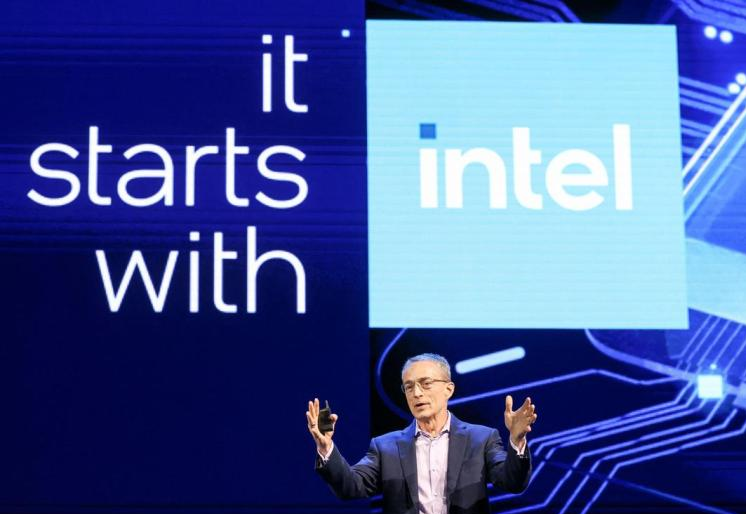
(BLOOMBERG, Washington) The Biden administration's two-year-old Chip and Science Act is nearing completion of $39 billion in grants. The goal of the act is to move semiconductor production to the United States, and while the United States has made some progress toward this goal, it still faces many challenges.
The chip approach is effectively a bet on the big four - Intel, Micron Technology, TSMC and Samsung Electronics - that they can bring chip production to the United States so that it can reach its goal of making one-fifth of the world's most advanced processors in the United States by 2030, up from virtually nothing today.
Chip Law gave the largest subsidy to Intel, but Intel announced earlier this month that it would lay off 15,000 employees due to declining sales and its stock price fell to a 10-year low.
Over the past few years, nearly 100 companies have pledged about $400 billion to build factories in the United States, more than half of which will come from TSMC, Intel and Samsung, which plan to build multiple chip manufacturing centers or fabs to produce the most cutting-edge semiconductors. However, the majority of semiconductors produced in the United States still have to complete key steps in Asia, and the dependence on Asia has not been reduced.
According to people familiar with the matter, the US Department of Commerce's Chip Programme Office (CPO) failed to persuade TSMC to move the packaging work to its Arizona plant, and many chips would have to be shipped overseas for critical processes. Such situations abound in the U.S. semiconductor ecosystem, and a senior Commerce Department official warned that it "poses an unacceptable risk to supply chains and national security."
Semiconductor manufacturing requires a large number of skilled workers, including engineers who design wafers and technicians who manufacture wafers. According to management consulting firm McKinsey, the U.S. semiconductor industry will be short of 59,000 to 77,000 engineers over the next five years, with an estimated gap of 69,000 technicians. Market participants are concerned that without immigration reform measures to attract relevant talent and attract more Americans to engage in semiconductor hardware innovation, even if the United States builds a large number of fabs, it will be difficult to maintain a leading position in the semiconductor field.
To avoid a chronic shortage of semiconductor technicians, McKinsey said, it might be possible to bring in people from industries similar to semiconductors, such as Ohio, which has a large pool of workers with transferable skills.
The future development of the semiconductor industry in the United States depends heavily on the training system. The Commerce Department's Chip Program Office noted that U.S. universities have launched or expanded more than 80 semiconductor-related programs since the chip law took effect, but the question is whether they can scale up quickly enough to cultivate enough talent.
With the U.S. presidential election looming in November, the Commerce Department's Chip Program Office plans to release all of the remaining billions of dollars in chip law grants by the end of the year. According to media reports, Republican aides have begun to plan how to proceed with repealing the chip law once Trump returns to the White House.

According to a recent report by Rich Asplund, a columnist for Barchart, the global sugar market is currently experiencing a complex and profound supply-demand game.
According to a recent report by Rich Asplund, a columnist f…
On January 13th local time, the three major US stock indice…
Recently, the 2026 edition of the MIT Technology Review lis…
On January 15, 2026, the US military announced the seizure …
At the 2026 J.P. Morgan Healthcare Conference, a joint anno…
For much of 2025, the market was rethinking whether the dol…